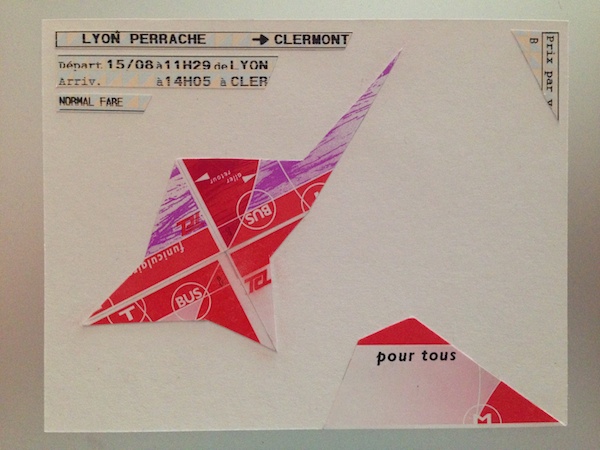I don’t know about you, but I’m often skeptical when businesses try to distil something important into a simple score.
‘Our employees are 42% engaged’ ‘Trust in our company is at 54%’ ‘Our net promoter index has risen to 7.6’
Shudder.
I get that it’s easy to throw out a stat or two, but they often lack any real context and more worryingly, they seem to be unquestioningly accepted as the ‘truth’. I am not convinced that you can reduce these things to a number, at least not in isolation. I want to hear and read the story behind the digits, I want to understand why 42%, not just 42%. To help illustrate my point, here’s a personal example for you.
I’ve recently returned from a great trip to Chicago where I headed to be at the annual Illinois SHRM conference. I’ve already written about the anticipation of the event here, and shared some of the Art for Work’s Sake experiences Joe Gerstandt and I helped to cocreate at a packed pre conference workshop.
The second day saw me presenting on collaboration. I was on the main stage at the Drury Lane theatre…Oakbrook, not London 🙂 As I was introduced, something quite unnerving happened. The main stage lights came on and all of a sudden I could not see the audience. Eye contact is very important to me when speaking – I get nervous in front of an audience and one of the ways I get past this is to engage directly with people, looking at someone as I am talking – trying to make direct contact, albeit briefly, with as many people as I can. These direct connections help me feel like I am talking in many one to one conversations – and my nerves ease. I tried to get past this blinding lack of contact and the only way I could achieve this, was by leaving the stage often, and walking around in the theatre so that I could see people and achieve the eye contact I needed. It puts me at ease, and so the audience seem to relax too. The talk unfolded and afterwards I got a lot of positive feedback from people in the room.
You often get scored after giving a talk at conferences, and this one is no exception. A couple of weeks after the conference I got some feedback. My scores for overall effectiveness look like this:
Excellent – 65%
Good – 26%
Poor – 8%
Those numbers represent a pretty good shape for me. People often ask me why I am happy to get some ‘poor’ ratings – and the fact of the matter is – I take risks when I present. I try to find thought provoking angles to share, and these are not designed to please everyone – otherwise I don’t think they would be particularly thought provoking. I often remind people at the start of a talk that this time is theirs, not mine. I am their guest and I’d rather they voted with their feet on realising that my content and style is not working for them, than sit and endure me. Anyway – those are the numbers, and they don’t really tell us that much…do they?
The written feedback is perhaps more useful? Here’s what it says:
- Relevant & Engaging. Very Collaborative.
- Not the most compelling speaker.
- Maybe a smaller room for Doug who likes the more personal space. The audio was distracting as he kept moving into the audience.
- Great to have interactive part, interesting, overall did great job.
- Different venue to allow for collaborative experience theatre setting was awkward.
- Engaging speaker – look forward to more.
- Doug is fab & needs the space to interact with the crowd.
- Low energy not sure of his point.
- Speaker would be more effective/comfortable in smaller breakout sessions.
- Common viewpoints & not engaging (head down) but had some points to ponder.
I’m so pleased that a few people took the time and trouble to write stuff down for me. These few lines are for me, much more helpful than the scores. As you can see – some people concurred with me that a space designed for a play, did not work (or at least suit me) as well as a more typical presentation setting. On reflection – I could have anticipated the stage light issue perhaps – but I responded as best I could in the moment and thanks to the feedbackers, I’m in better shape for next time.
So what? For me – this experience serves as a very useful reminder that while 65, 26 and 8 may have some worth – it’s the story behind the numbers that really adds value, and helps me get better. So the next time someone tells you their engagement score is up from 29 to 41, please don’t just take that at face value and move on. Ask them – why is this so, and why does this matter? We owe it to ourselves, and to those who would seek to convince us, to delve a little deeper, and get a little better.

